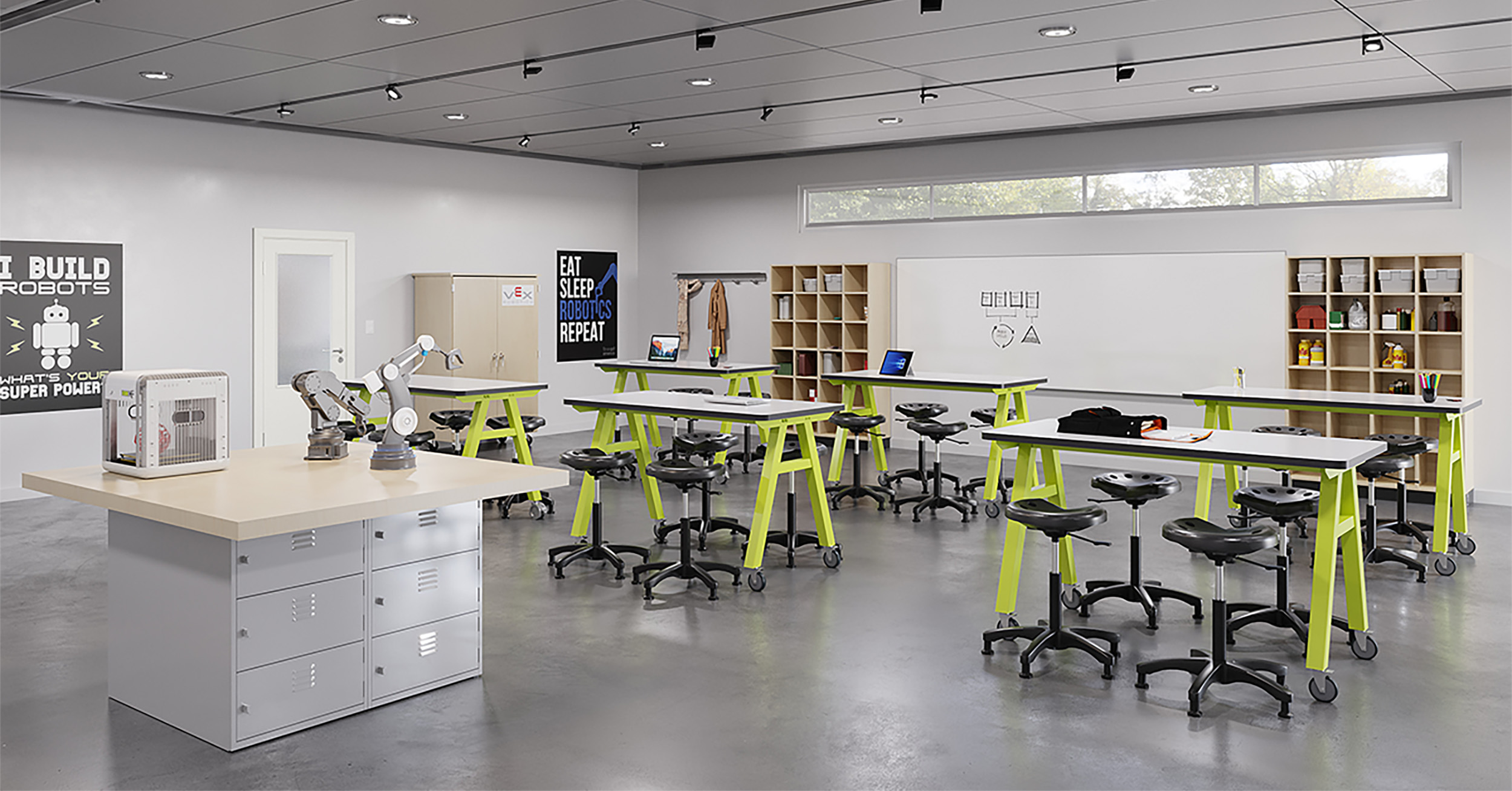
4 Ways STEM Education Preps Students for 21st-Century Careers
Do you know what a doctor, engineer and IT administrator all have in common?
You guessed it: a strong background in STEM education.
While many professionals are already pursuing a STEM career, it may be surprising to hear there’s still a huge gap that needs to be filled. According to the U.S. Bureau of Labor Statistics (BLS) 2019–29 employment projections, STEM jobs are expected to grow 8% by 2029, compared with 3.7% for all other occupations.
This is the main reason why STEM education is crucial in today’s educational setting. To keep up with advancements in STEM (science, technology, engineering and math), we need future generations to have a strong foundation in those areas.
Even if students decide to not pursue a career in STEM, STEM education is still a useful tool to prepare students for 21-century careers. Check out the top ways STEM education gives students the core skills they need to be successful in the modern workplace.
1. STEM education develops problem-solving skills.
Problem-solving is a must for a variety of different career paths but is even more important for STEM careers where solving problems is the entire purpose of the work. Through STEM education, students learn how to identify problems and think of possible solutions all while sharpening their critical thinking skills.
2. STEM encourages collaboration and teamwork.
In the real world, people are usually required to work together on projects and solve problems. With STEM education, students are introduced to collaborating with one another from an early age. As a result, these students end up thriving throughout their careers in team-oriented environments.
3. STEM promotes creativity and out-of-the-box thinking.
Without creativity and out-of-the-box thinking, there would be many everyday inventions that wouldn’t exist. Or, think of future inventions that could be brought to life with someone with a diverse education in STEM.
One of the many ways STEM teaches students to be innovative and creative is by making them think outside of the box. This is done by showing students different models so they get a range of ideas of how bringing together one idea might look, or by asking open-ended questions so students can come up with a solution on their own.
4. STEM ignites curiosity.
Another great skill students learn through STEM is curiosity. To be successful in a 21st-century career, people need to do more than just master the content. They need to look across disciplines and ask questions. They need to be innovative and learn from failures. With STEM education, students learn how to ask more intuitive questions, learn from mistakes and make educated decisions. Their passion may build, making them more likely to learn and even pursue a STEM career later on in life.
Incorporating STEM Education Into Your School Curriculum
As you can see, STEM education is a beneficial tool to help students thrive in 21-century careers, whether they pursue a STEM career or not. Integrating important STEM concepts into your school curriculum will turn students into tomorrow’s innovators, problem solvers and critical thinkers.
But how do you incorporate STEM education into your school curriculum? Well, it all starts by setting up learning spaces for success. At Diversified Spaces, we have a variety of classroom furniture that will help students build these valuable STEM skills. Reach out today to discover which type of furniture is right for your STEM classroom.

